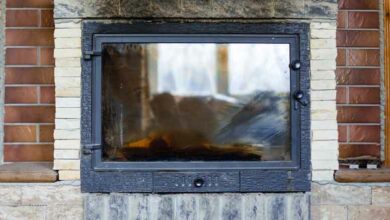7 Step Guide on How to Make a Vacuum at Home

Vacuum Can save You Money
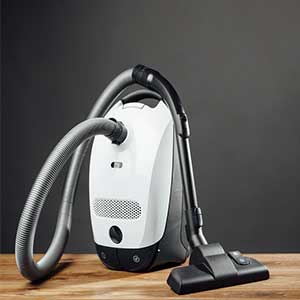 Learning how to make a vacuum at home can save you money when times are tough – or it could be a fun side project that tests your DIY skills.
Learning how to make a vacuum at home can save you money when times are tough – or it could be a fun side project that tests your DIY skills.
Whatever your goals are, you’ll find clear steps on what you need to do in this guide. We’ve researched for you and have put together a process that’s easy and quick to follow.
The steps are laid out in an easy to follow and understand the way to make sure you’re doing it right! By the end of the guide, you’ll know what materials and tools you’ll need, how to use them, and how to make your vacuum at home.
Let’s get into the guide.
How to Make a Vacuum at Home
In this section, we’ll look at how to make a vacuum that’s powerful and easy to use. We’ll use everyday materials and cover the basics of what you need to know. The result will be a lightweight and effective vacuum that gets the job done well.
Here Are the Materials You’Re Going to Need before Getting Started:
- High RPM motor
- 12v adapter
- Strong adhesive
- DC adapter jack
- 1 small plastic bottle (dust collector)
- 1 big plastic bottle (to house the propeller and motor)
- A thin sheet of metal
- Plastic conduit (spiral type if you can get it) to make the vacuum hose
Once you have these materials, you can move on to the steps. Most of these can be found at local hardware stores or bought from online platforms.
How to Make a Powerful Vacuum Cleaner at Home
Gather the materials and tools from the previous section. Give them a good clean beforehand and let’s get into the steps you’ll need to follow.
Step 1: Preparing the Small Bottle
Here Are the Steps You Should Follow to Prepare the Dust Collector:
- Make a hole in the cap of the plastic bottle (you want it to look like a finger ring)
- Use a hot needle or the head of a soldering iron to make holes around the upper half of the bottle (around the neck area)
- Put the cap back on the bottle firmly
Step 2: Preparing the Big Bottle
Here’S What You Need to Do for the Big Plastic Bottle:
- Cut the bottle in half (around the neck, not long-ways down the middle)
- Use the adhesive to glue the small bottle to the inside of the neck of the big bottle
- Only the cap should be glued to the inside of the neck – not the bottle
- Test it by unscrewing the small bottle (the dust collector)
- Remove the cap of the large bottle
- Connect the plastic conduit (the hose of the vacuum) and glue it in place
- Make sure that the connection is airtight (using the glue)
Step 3: Prepare the Propeller
Follow These Steps to Prepare the Propeller the Right Way:
- Measure the precise width of the big bottle
- Use a compass and marker to draw the circle out on the metal sheet
- Draw 4 lines through the center of the circle (from edge to edge) at 45-degree angles to each other (it’ll look like a pizza afterward)
- Use the compass and marker to draw a smaller circle around the center (about 2cm diameter)
- Use metal cutting scissors to cut from the edge, along the line, to the line around the center
- Bend each of the blades equally, until it resembles the blade of a fan
Step 4: Installing the Propeller and the Motor
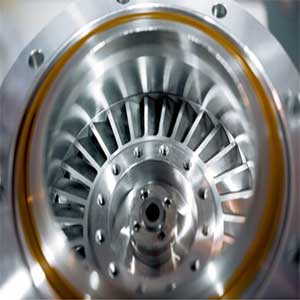 Make a small hole in the center of the propeller and insert the shaft from the DC motor. Use glue on the other side to fasten the propeller to the shaft. Make sure it’s tight and isn’t going to shift.
Make a small hole in the center of the propeller and insert the shaft from the DC motor. Use glue on the other side to fasten the propeller to the shaft. Make sure it’s tight and isn’t going to shift.
Take the cap off the big bottle, make a hole in the side and glue it to the base of the motor. Make a few holes at the bottom of the big bottle, and around the sides nearest to the bottom.
Once you’ve done this, add some adhesive the middle of the base of the big bottle (on the inside) and glue the motor to it. It should glue on to the bottle cap that covers the base of the motor.
Make sure that none of the blades touch the sides of the bottle. If they do, make the necessary adjustments using the metal cutting scissors.
Step 5: Connecting the Body Together
Here Is What You Need to Do:
- Connect the DC adapter jack to the motor wire that’s coming out the side of the bottle cap (through the hole you made earlier)
- Use hot-glue to seal it in place
- Fix the two pieces of the vacuum body together
- You can slide the top half of the bottle into the lower half of the big bottle
Step 6: Finalizing the Design
Decide on the final look you want. I decided to cover the connection where the top and bottom halves of the bottle are connected. You can do whatever you see fit here, just make sure that the two halves can be disconnected relatively easily. This will come apart often as you need to remove the dust collecting bottle and for cleaning.
Step 7: Testing the Vacuum
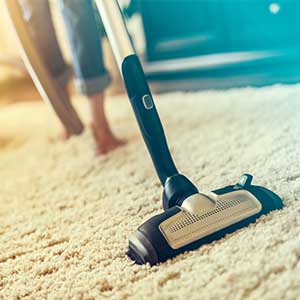 This is where the magic happens. I’d suggest you try to pick up something that isn’t dusty, to begin with. Try out some M&M’s or small candies. This will test the suction power and test the system out well.
This is where the magic happens. I’d suggest you try to pick up something that isn’t dusty, to begin with. Try out some M&M’s or small candies. This will test the suction power and test the system out well.
Once you’ve vacuumed it all up, try to take the dust collecting bottle out and empty the contents. If you’re happy with how it works, congratulations, you’ve just learned how to make vacuum cleaner models at home by yourself! If there are any issues, simply go through the steps again to find the place where you could have gone wrong.
P.S. If you want to know how to make a vacuum cleaner without motor, you’ll need to hook it up directly to a 9V battery. There’s less suction power, but it’ll get the job done.
How to Make a Vacuum Cleaner Robot
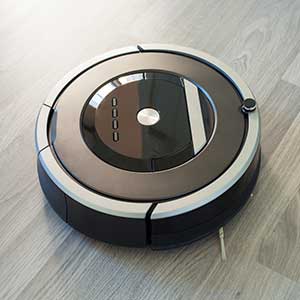 It’s not as complicated as you might think. It can be done at home with basic supplies.
It’s not as complicated as you might think. It can be done at home with basic supplies.
Here Are the Steps You Should Follow:
Step 1: Prepare the Body
Get a large container, like the ones you buy whey protein or muscle gainer in. Cut off the top and bottom 5-10cm from the bottle, leaving behind the cylindrical center.
Make sure the top and bottom fit into each other. Make a big hole in the center of the big bottle cap. Surround the big hole with smaller ones.
Step 2: Get the Motor Ready
Take a powerful DC motor from an old handheld vacuum, or buy it separately. Put the motor through the hole in the lid of the bottle. Glue it in and let it dry.
Step 3: House the Motor
Cut the bottom 5cm of a normal 1.5l clear water bottle. Glue this over the rear end of the motor (the other side of the bottle lid, opposite the motor). There should be some space free between that and the housing.
Step 4: Install the Filter
Cut a hole in the clear bottle casing from Step 3. It should be 3-4cm wide. Take some material and cover the hole. Glue it around the sides to hold it in place.
Step 5: Install the Electronics
In the big bottle lid that the motor goes through, cut out space for the on/off switch and the LED lights. Install them and glue them in place. In the free space next to them, install the battery housing unit. Glue it in place and then connect the switch, motor, and LEDs to the battery unit.
Step 6: Install the Movement Mechanism
Remove the driving mechanism from a remote control car that has 360-degree movement. This has a separate power supply and switch.
This is installed in the bottom half of the big bottle from Step 1. Use a strong plastic container to protect this unit. Seal it on tight with hot glue. It needs to be airtight to maintain suction power.
Cut a suction hole in the bottom half of the bottle (not in the protective plastic container).
Step 7: Putting it All Together
Screw the top half of the bottle from step 1 into the lid of the big bottle that houses the motor. Glue the top and bottom halves together. Make sure it’s completely airtight to keep the suction power at its most powerful.
Go ahead and test it out. Make sure that the lower half of the remote control car you’re using works well, and does a good job at redirecting the unit when it hits something.
- Best Bagged Vacuum Cleaner (Reviews + Buying Guide)
Final Thoughts
Just remember that you’re going to need to replace the remote control car batteries quite frequently. This power supply is separate from the one that controls the suction.
Making a robot vacuum cleaner can seem complicated, but breaking it down into its smaller steps will help you out a lot.
Now that you know how to make a vacuum, you’re ready to put your knowledge into practice and build your vacuum at home!




